I think it was 1986 when I first discovered my love for making computers say stupid things out loud. My older brother got a Commodore 64 for his birthday, which came bundled with software that would speak out any term you typed in—and boy, that computer sure made a fool of itself after my five-year-old imagination got a hold of the keyboard.
We've come a long way with software that attempts to interface with the human element since then, to the point where our virtual assistants even crack jokes these days. Microsoft has had a lot to do with that progression, and now, they've even got a team of software engineers dedicated solely to the cause of making technology more human.
Project Oxford, as this endeavor is called, is mostly intended as a showcase for developers at this point—but there are already quite a few working demos that us end users can play around with. With applets ranging from character recognition to emotion detection, there's a lot of fun to be had, so I'll give you a tour of each below.
Face Detection & Verification
This first Project Oxford demo is mostly intended for developers to glean data about pictures of the human face, but it can sill be a fun way to see if Microsoft's technology is capable of playing "find the human" with random photos. And it's really good at what it does—just paste a direct image link into the provided field, or click the folder icon to upload your own image, and Face Detection will find just about any human face you throw at it.

Then, if you've ever thought you came across the same model in two different stock images, or the same actor in multiple commercials, you can use the Face Verification demo to see if the people in two separate images are indeed one in the same. Try a picture of twins to see if Microsoft can tell they're different people.

Speech to Text & Text to Speech
Almost as fun as making a computer say stupid stuff is getting it to understand the stupid stuff you say. Try rapping your favorite Tech N9ne verse into your microphone, and see if the Speech to Text demo can pick up everything you're saying—it's surprisingly accurate!

Of course the first thing I tried when I found Project Oxford was the Text to Speech demo. There are two synthetic voices to choose from—Zira and Benjamin—so select your mark, type in some text, and let the hilarity ensue. If you created a gem that you want to share, just hit the Download button on the top-right.

Image Analysis
Microsoft has invested a lot of time and money into understanding the contents of images lately, and Project Oxford has three new image analysis tools to showcase as a result. The first is Feature Analysis, which scans an image to find info like the age and gender of any people that are present, identities of landmarks, and the general category the photo falls into.
Developers have already parlayed a portion of Feature Analysis into a fun website and smartphone app that guesses your age. Maybe it's not perfect, but it's definitely a lot better at guessing people's ages than I am.
- Don't Miss: How Microsoft's HowOldRobot Guesses Your Age

Have you ever wished that all images allowed you to copy and paste text like you can with a PDF? If so, give the Optical Character Recognition demo a try, since it lets you upload any image, then scans its contents and spits out a transcript of all the text it finds.

Cropping images in a way that preserves the original essence while still managing to fit into a prescribed frame is quite difficult—trust me on this one, I have to make cover photos fit into the absurdly wide aspect ratio our site uses all of the time. Project Oxford's Thumbnail Generator can help with this problem, as it analyzes any image you upload, then crops it in various formats without detracting from the initial spirit of the photo.

Spell Check
From what I've seen so far, Project Oxford's Spell Check demo is like auto-correct on steroids. You really don't even have to try—just get some of the letters right from the words you're trying to spell, then click "Go," and the demo will convert your gibberish into legible text with surprising accuracy.

Emotion Recognition
Perhaps the most unique of the Project Oxford demos is Emotion Recognition. Simply upload any photo that features a human front and center, then Microsoft's Face Detection algorithms will look for certain cues and assign scores to the subject's outward emotions. Oh, and sorry, Steve, I couldn't resist using your ugly mug one more time. This also works quite well with group photos of multiple faces, but try to use images where the faces are mostly camera-facing.

Which one of the Project Oxford demos have you had the most fun with so far? Let us know in the comment section below.
Follow Gadget Hacks on Facebook, Google+, and Twitter.
Cover image via Francisco Osorio/Flickr





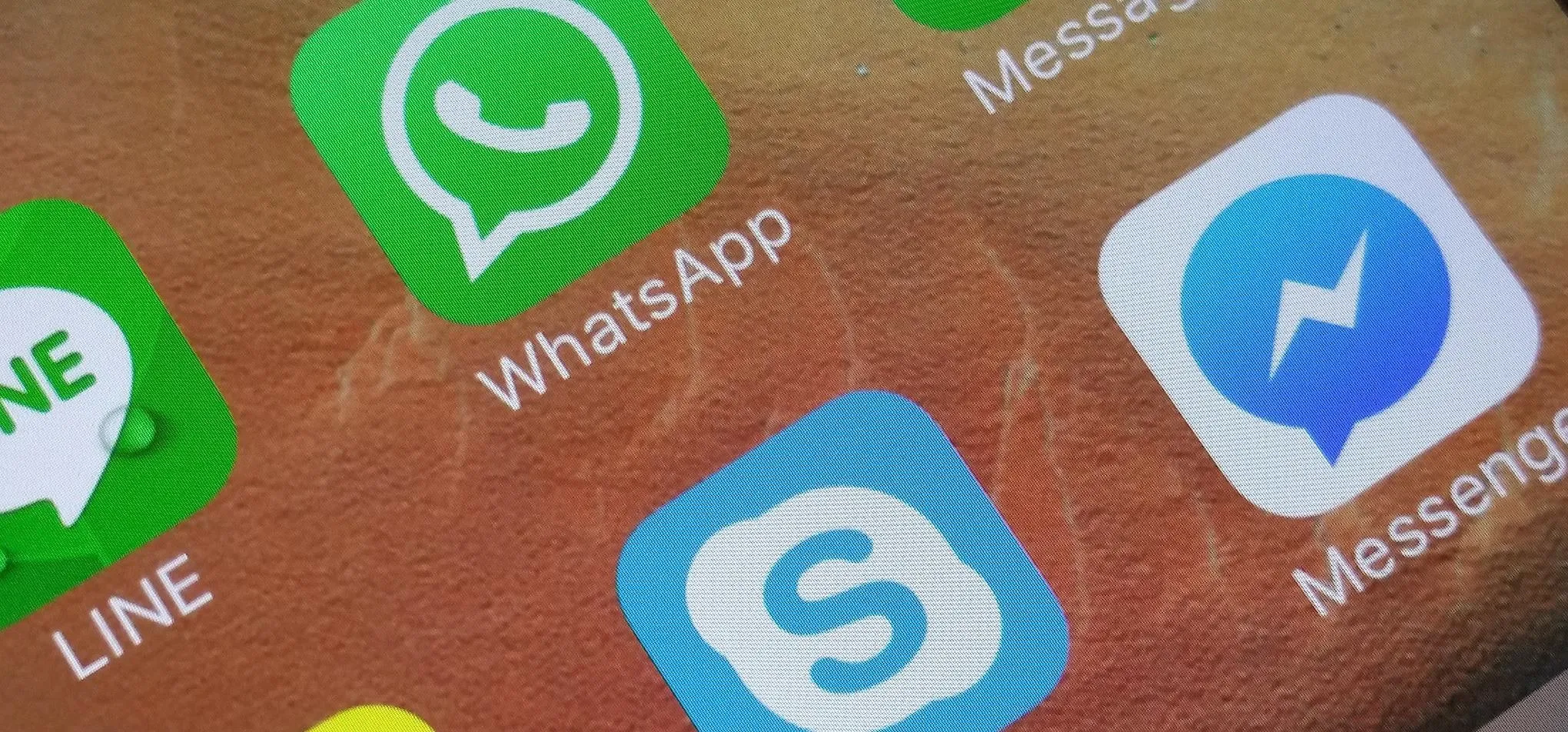

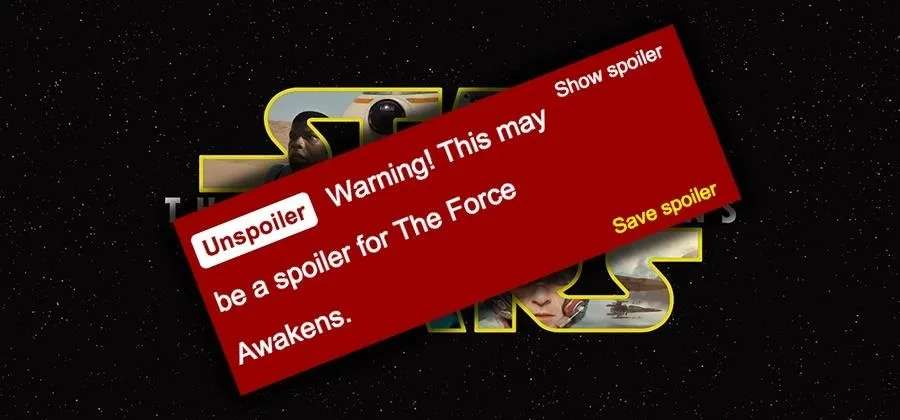



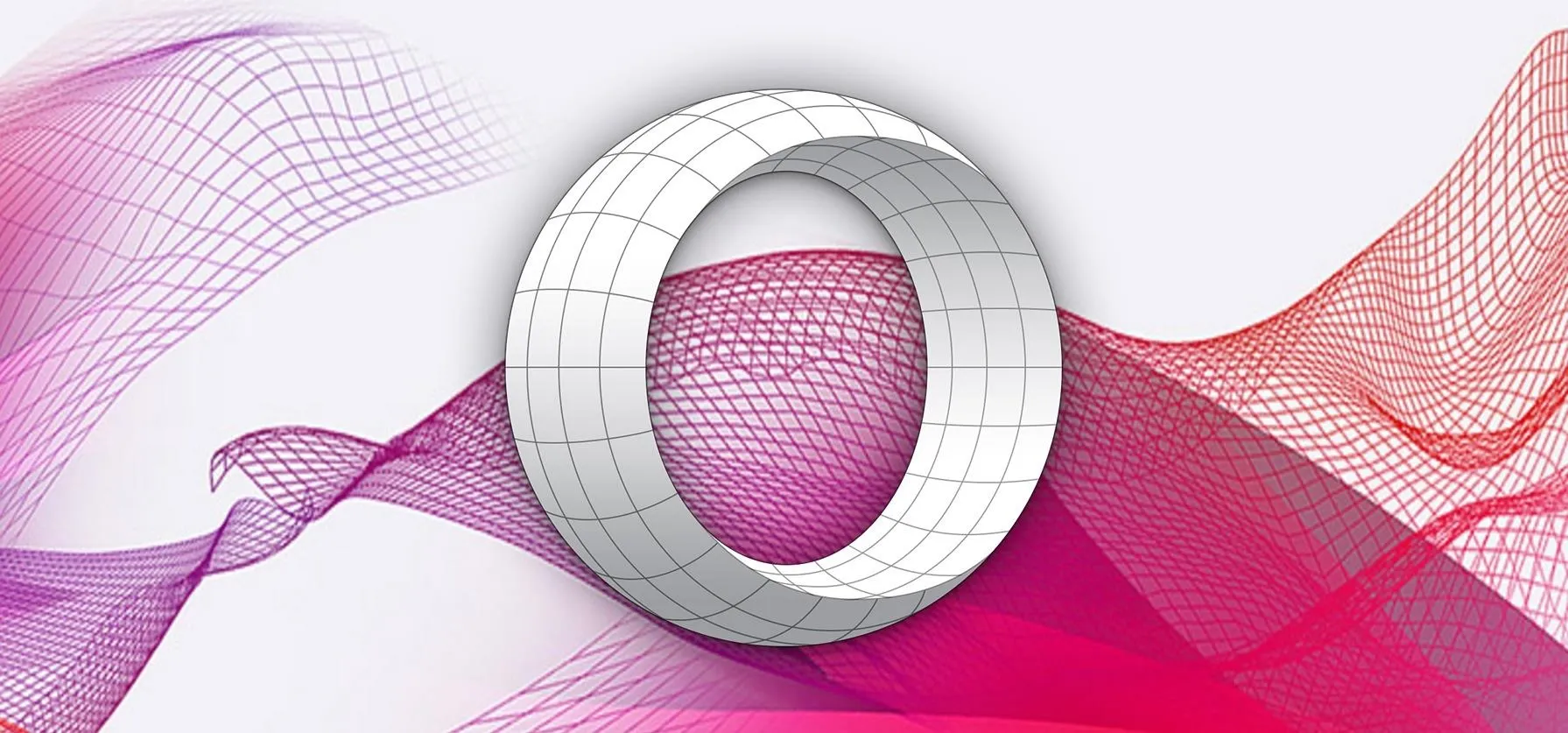

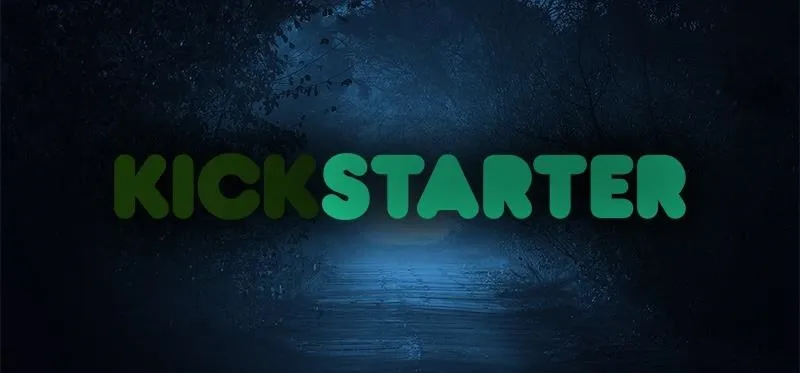




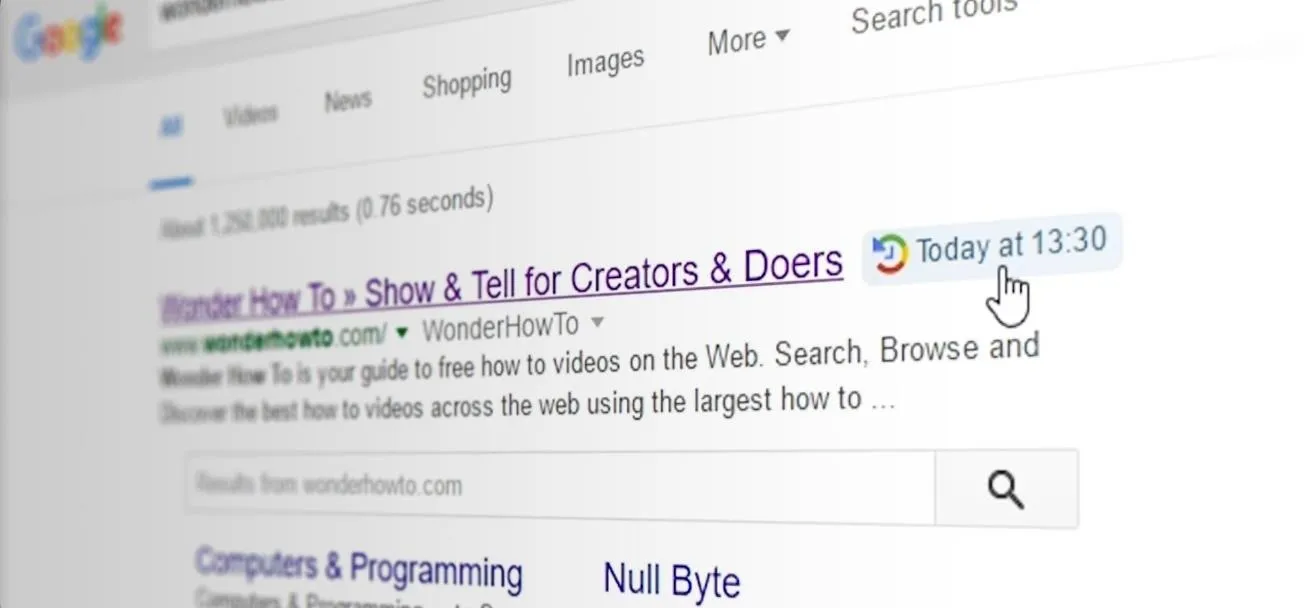

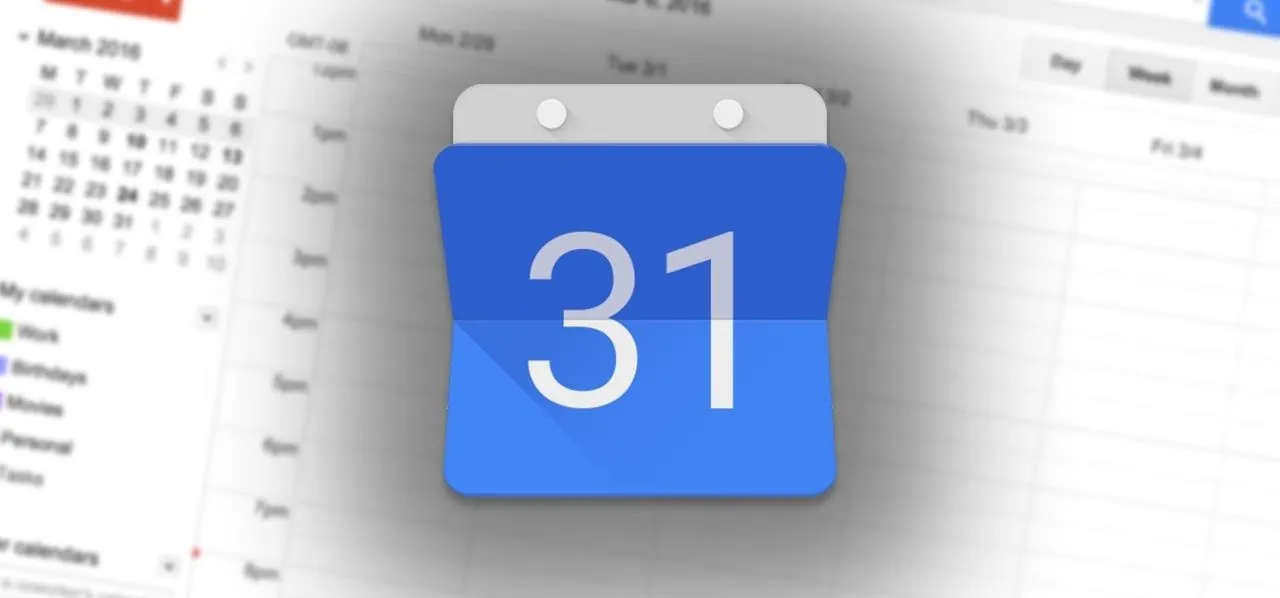
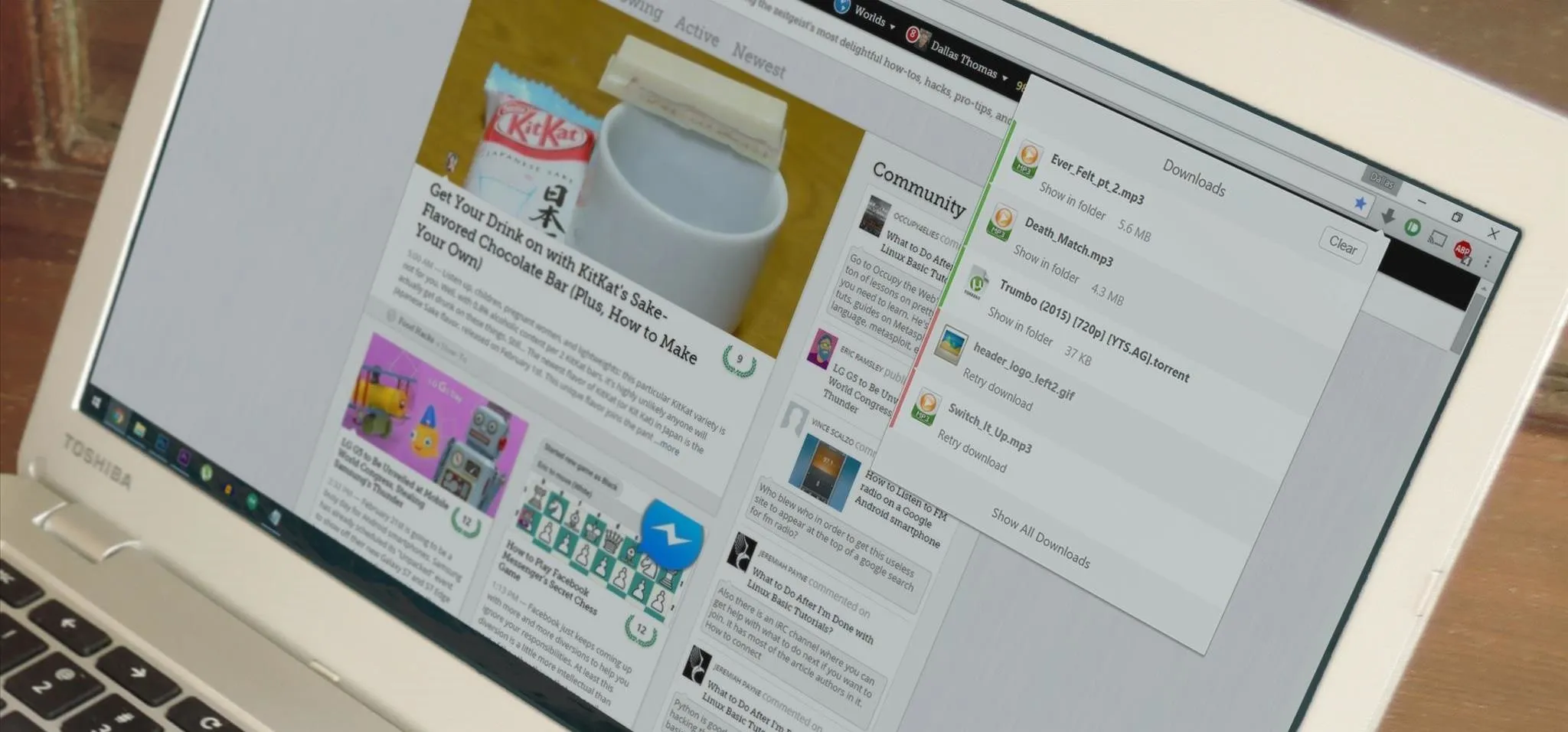

Comments
Be the first, drop a comment!